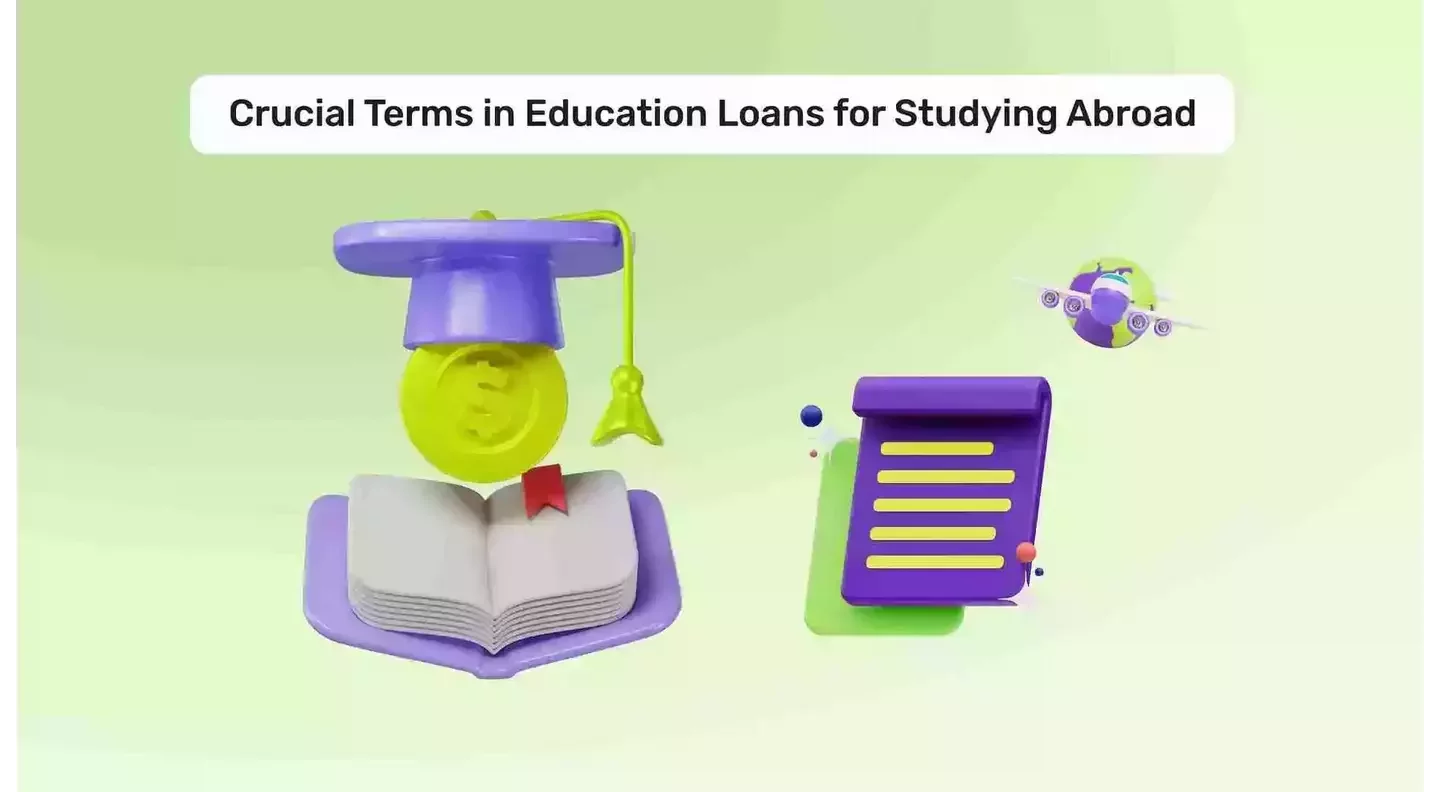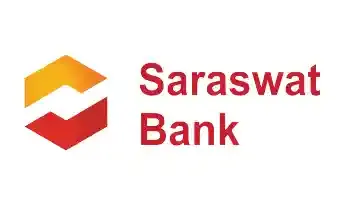Get instant loan offer suitable to your profile !


On this Page:
Understand key abroad education loan terms to make informed decisions. Learn about interest rates, repayment options, collateral, and more to finance your study abroad journey effectively.
It may be a life-changing choice to study abroad, but this is not easy. Those who want to pursue higher education abroad but are unable to do so due to financial constraints now have the option of funding their education. There is a good chance that such higher education aspirants will get lost in jargon while conducting their research on education loan lenders.
In clear, simple language, this article provides a thorough understanding of some of the most commonly used education loan terms. This article's education loan terms apply to both secured and unsecured education loans in India. Certain terms of education loans apply to those of foreign money lenders as well. Let’s begin by distinguishing between the two types of education loans available in India.

A secured education loan or education loan with collateral is a type of education loan which is provided based on security pledged as collateral. This collateral can be a tangible asset like a plot with boundaries, flat, etc., or an intangible asset like FD, life insurance, or government bonds.
Read more about Types of Collateral Security Acceptable for an Education Loan

Education loans in which the borrower doesn't need to provide collateral security are called unsecured education loans or non-collateral education loans. This loan is given based on factors like co-applicants' monthly income, financial history, target college, course, and country.

























The above terms are often used in the process of educational loans. More than always, because of their incomplete knowledge of the terminology for education loans, students taking an educational loan are often misled by lenders and other education loan services.
Expert education loan counsellors of GyanDhan can help you with everything about abroad education loans and can help you get a loan without any hassle. So why wait? Check your loan eligibility and get free loan assistance from us.
Read Also:







A collateral is a mortgaged asset to the lender by the borrower. Collateral security essentially refers to real estate or liquid assets pledged to the bank to borrow an education loan, whereas loan margin or margin money is the amount that is paid by the borrower while the remaining amount is paid by the lender.
Floating interest rates may vary over a short period. Most banks, international lenders, and NBFCs follow floating interest rates, whereas fixed interest rates do not change in the short term.
The main difference between a simple interest and a compound interest education loan lies in the calculation of interest for the principal. Simple interest or SI is calculated only on the principal amount whereas compound interest is calculated on the principal amount and the previous periods’ collected interest.
There is no limit on the maximum amount you can get, given that the collateral offered is as per the lender’s loan sanction policies. However, for unsecured loans, the limit varies from lender to lender.
No, you cannot negotiate the interest rates, however, Gyandhan can negotiate with banks to offer better interest rates for your education loan as we have tie-ups with almost all top-tier banks and NBFCs. Contact us for more information.
Check Your Education Loan Eligibility

Ask from a community of 10K+ peers, alumni and experts
Trending Blogs
Similar Blogs

Network with a community of curious students, just like you
Join our community to make connections, find answers and future roommates.. Join our CommunityCountry-Wise Loans
Best Lenders for Education Loan

ICICI Bank

Axis Bank

Union Bank

Prodigy

Auxilo

Credila

IDFC

InCred

MPower

Avanse

SBI

BOB

Poonawalla

Saraswat